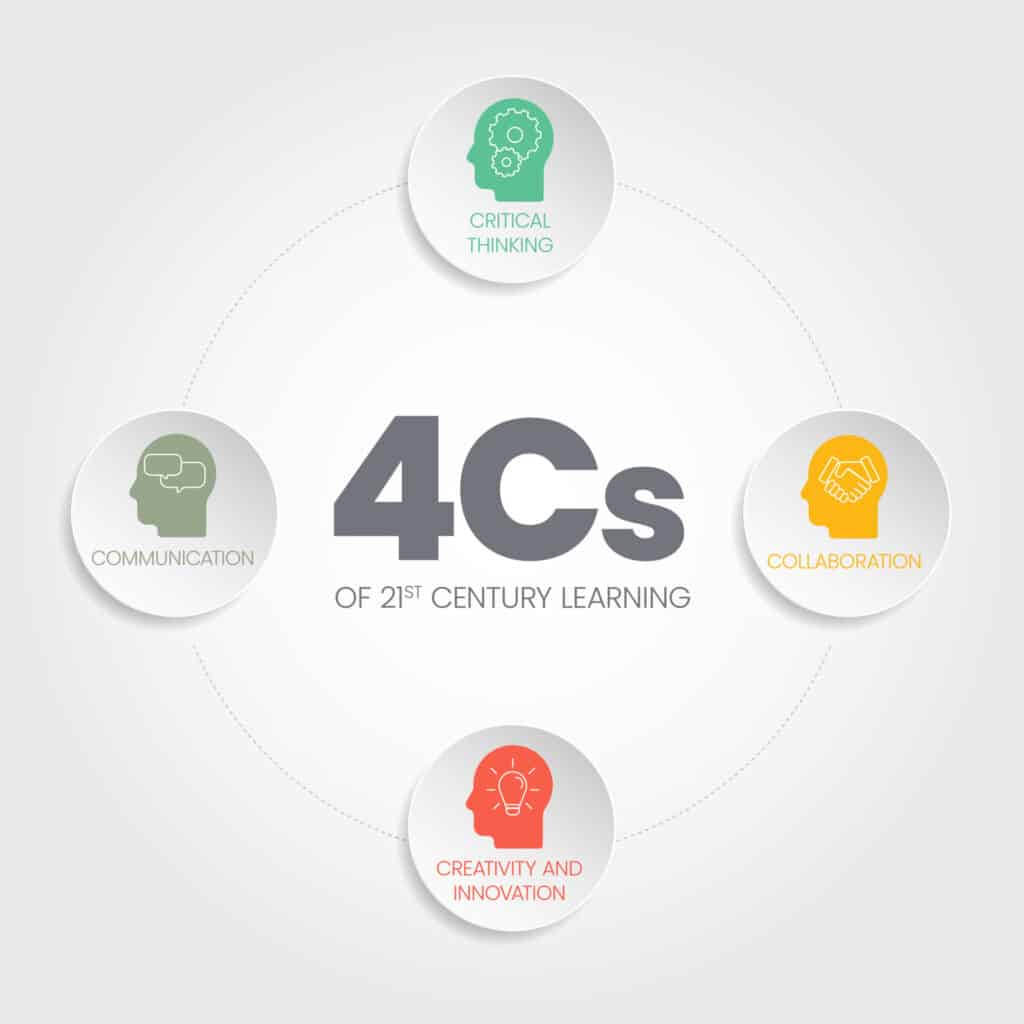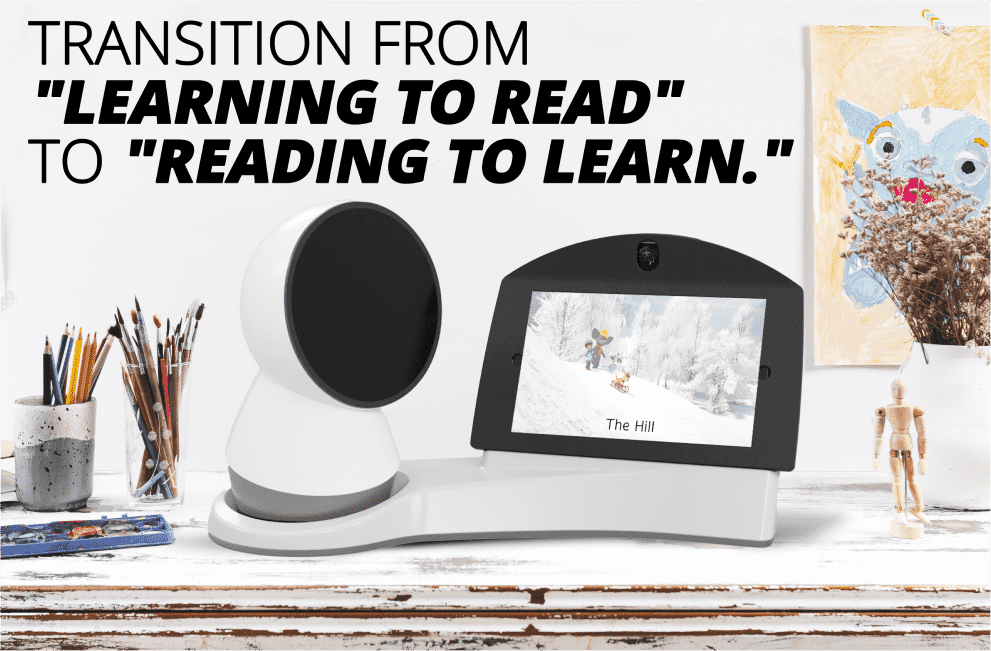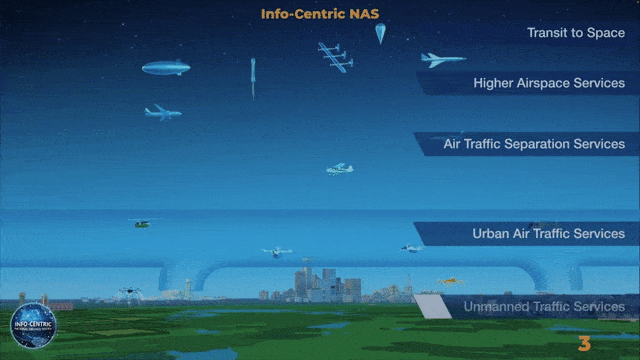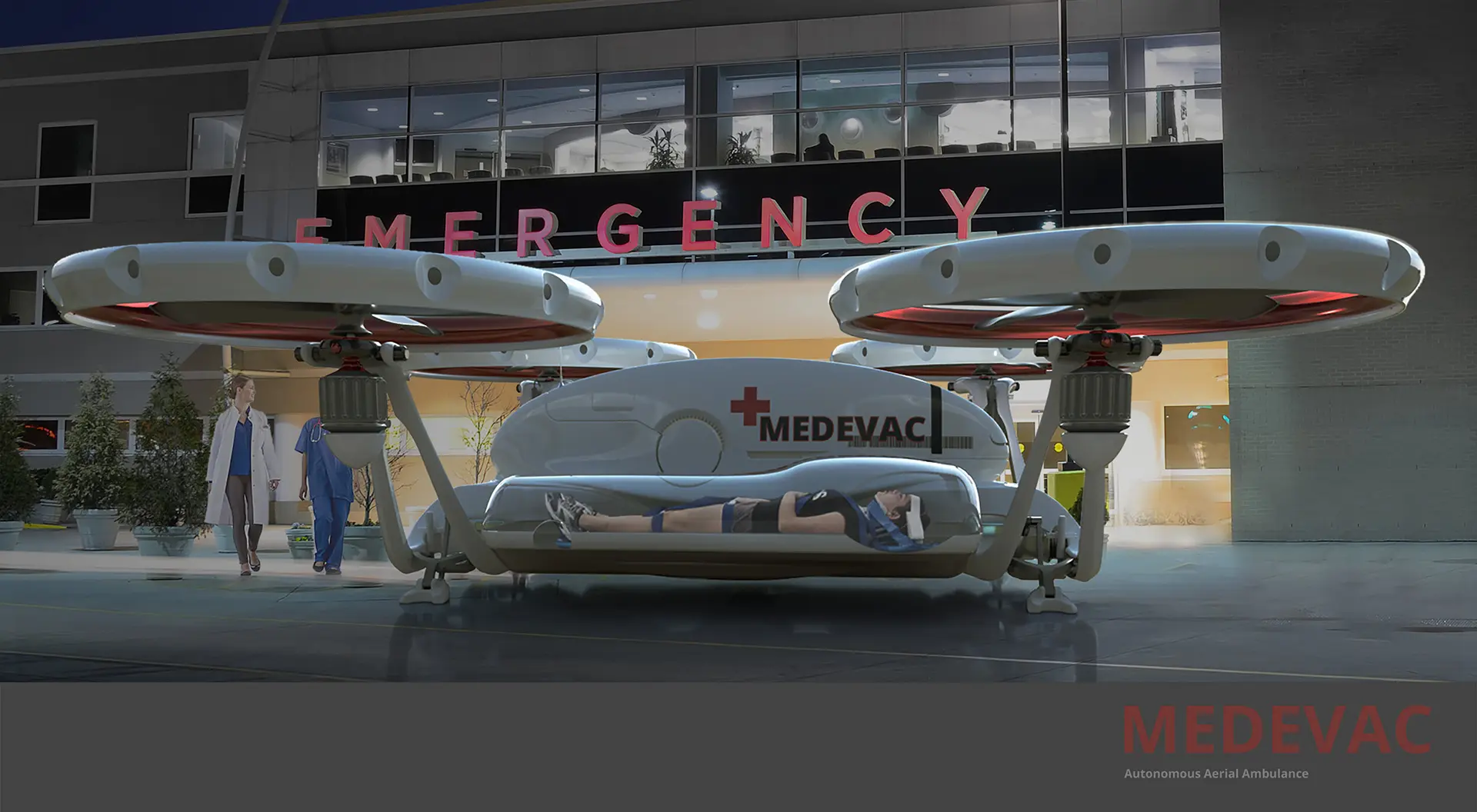Critical Thinking: The Foundation of Decision-Making and Problem-Solving
By understanding the importance of critical thinking and actively working to develop this skill, individuals can increase their adaptability, problem-solving abilities, and interpersonal relationships.
The Importance of Critical Thinking in Decision-Making and Problem-Solving
In a world where challenges are constant and change is inevitable, Critical Thinking has become an essential skill for success. It allows individuals to analyze situations, evaluate options, and make sound decisions that lead to the best course of action. In school, students learn to apply critical thinking skills to solve complex problems and shape their curriculum, preparing them for the future.
Developing Critical Thinking Skills Through Questioning, Analysis, and Reflection
Critical thinking abilities are not innate but can be developed through practice and dedication. By engaging in group discussions, participants can explore ideas, challenge assumptions, and create new strategies for problem-solving. Students, for example, can benefit from the collaborative environment of a classroom, where they can exchange ideas and learn from one another.
Tips for Enhancing Critical Thinking Abilities
- Cultivate curiosity and open-mindedness: Embrace a mindset that seeks out new information, ideas, and perspectives. Foster a willingness to question assumptions, explore alternative solutions, and consider different points of view.
- Engage in active listening and thoughtful reading: Communication plays a critical role in critical thinking. By practicing active listening and paying close attention to both verbal and non-verbal cues, such as facial expressions, individuals can better understand the context and nuances of a conversation. Reading thoughtfully also helps in developing analytical skills, as it encourages individuals to evaluate arguments, identify biases, and draw connections between different ideas.
- Practice problem-solving and decision-making exercises: Participate in activities that require critical thinking, such as debating, role-playing, and brainstorming. These exercises can help individuals refine their abilities to analyze information, evaluate options, and make well-informed decisions.
Creativity: The Driving Force Behind Innovation and Adaptability
Creativity is an invaluable skill in the modern world, driving innovation and adaptability across diverse industries. By embracing challenges, engaging in creative activities, and fostering a growth mindset, individuals can unlock their creative potential and contribute to shaping the future. The pursuit of creativity is not only personally fulfilling but also vital for achieving success in the ever-evolving 21st-century landscape.
The Role of Creativity in Today’s World
In the 21st century, creativity is a highly valued skill, fueling innovation and adaptability in various fields. It is an essential component of the Four Cs, enabling individuals to approach challenges and develop new solutions. Creativity fosters a forward-thinking mindset and encourages the exploration of unique ideas, shaping the future and pushing boundaries in both personal and professional contexts.
Cultivating Creativity Through Exploration, Experimentation, and Risk-Taking
To enhance creativity, one must embrace exploration, experimentation, and risk-taking. These elements allow individuals to discover new ideas, test their limits, and ultimately grow their creative abilities. By engaging in activities that challenge the brain and broaden the scope of experiences, people can unlock their full creative potential.
Tips for Boosting Creativity
- Embrace challenges and view failures as learning opportunities: The path to creativity is often riddled with obstacles. Embrace these challenges and treat failures as opportunities to learn, refine, and iterate. By adopting this mindset, individuals can become more resilient and adaptable in their creative pursuits.
- Engage in creative activities: To nurture creativity, participate in various artistic activities, such as art, music, or writing. These pursuits can provide an outlet for self-expression and stimulate the brain, enhancing creative thinking.
- Foster a growth mindset and be open to new experiences: A growth mindset is essential for cultivating creativity. By being open to new experiences and embracing change, individuals can develop their creative abilities and achieve success in previously uncharted territories.

Collaboration’s Essence in Today’s World
With diverse and interdisciplinary teams requiring trust, respect, and shared goals to achieve their objectives, collaboration has become a keystone skill, molding the prospects of education and work. By practicing active listening, appreciating others’ unique talents, and refining conflict resolution skills, individuals can enhance their collaborative abilities and contribute to a more promising future.
Collaboration’s Value in Varied and Interdisciplinary Teams
Collaboration holds a particular worth in interdisciplinary teams, where diverse outlooks and skills unite to form inventive solutions. Creative conversation enables the development of new methods and ideas, propelling the group forward in a way that a single focus could not. The optimal path for students and professionals is nurturing a collaborative mentality, grasping the importance of critical thinking and creativity in shaping the curriculum and the world outside the classroom.
Cultivating Collaboration Skills through Trust, Respect, and Shared Aims
Success in collaborative environments demands trust, respect, and a shared vision for goals. This process starts with active listening and empathetic communication, as participants learn to interpret not only words but facial expressions and body language too. By valuing each person’s unique talents and thoughts, groups can build unity and work towards a mutual goal.
Enhancing Collaboration Abilities: Key Tips
- Active Listening and Empathetic Communication: The bedrock of effective collaboration is active listening. Students and professionals should train to concentrate on conversation content and context, seeking clarity and comprehension. Empathetic communication involves recognizing others’ emotions and experiences, fostering trust and camaraderie within the group.
- Acknowledge and Value Diverse Perspectives and Skills: Collaboration flourishes through the sharing of diverse ideas and viewpoints. By valuing each participant’s distinct input, groups can bolster problem-solving abilities and work towards a mutual goal. From an artistic jeweler’s flair to a scientist’s data-driven acumen, recognizing the worth of different skills leads to a more profound, holistic understanding of problems and concepts.
- Conflict Resolution and Negotiation Skills: Conflict is an unavoidable facet of collaboration, but it needn’t hinder success. Developing conflict resolution and negotiation skills enables individuals to navigate disagreements and discover common ground, even amidst the most trying situations. By imparting these competencies to children and adults, schools and employers can shape a brighter, more collaborative future.
Communication: The Vital Skill of the 21st Century
Among the 4 Cs, Communication stands as a beacon, shaping the quality of relationships and professional achievement. Communication is a skill that surpasses location and industry, determining the success of students, professionals, and communities.
The Mark of Effective Communication on Relationships and Success
Communication is the artisan that carefully intertwines ideas, imagination, and problem-solving into the fabric of teamwork. Through the mastery of communication, students learn to strive for shared goals, enriching the merit of their group discussions and collaboration. Effective communication permits individuals to express their thoughts with exactness and lucidity, much like a skilled artisan crafting a masterpiece.
Cultivating Communication Skills: Verbal, Non-Verbal, and Written
As an artisan must excel in various forms, students and professionals must hone their communication skills in different modes. These include verbal communication, where voice and words transmit ideas; non-verbal communication, where facial expressions and gestures hold meaning; and written communication, the artistic depiction of thoughts through text.
Strategies for Strengthening Communication Abilities
To attain the success that effective communication offers, students and professionals must persistently refine their skills, as an artisan sharpens their expertise. The following tactics provide guidance:
- Master Public Speaking and Presentation Skills: One path to enhancing communication abilities is by conquering public speaking and presentation skills. Classes, workshops, and even online resources can impart valuable techniques for conveying ideas confidently and clearly.
- Refine Writing Abilities: Read, Write, and Seek Feedback: In this era, children and adults alike must incessantly improve their writing skills. Accomplishing this through reading, writing exercises, and soliciting feedback from others allows them to mirror the artisan’s precision and creative flair in written work.
- Foster Active Listening and Emotional Intelligence Skills: The most accomplished communicators are those who genuinely listen and empathize. Developing active listening and emotional intelligence skills enables individuals to better grasp the context and emotions behind spoken words. This paves the way for richer, more profound conversations, resembling the deep hues and intricate designs present in fine craftsmanship.
The Four Cs
Critical thinking, Creativity, Collaboration, and Communication serve as fundamental abilities that foster personal and professional growth. Recognizing the value of these skills and proactively honing them allows individuals to enhance their adaptability, problem-solving prowess, and interpersonal connections. Devoting time and energy to nurturing the Four Cs will assuredly lead to substantial advantages in numerous facets of life.
Case Study
KAIA case study | Helping productize MIT’s advanced AI and robotics that teaches children to read

References
- Facione, P. A. (1990). Critical Thinking: A Statement of Expert Consensus for Purposes of Educational Assessment and Instruction. Research Findings and Recommendations. ERIC Document Reproduction Service No. ED315423. https://files.eric.ed.gov/fulltext/ED315423.pdf
- Robinson, K. (2011). Out of Our Minds: Learning to Be Creative. John Wiley & Sons. https://www.wiley.com/en-us/Out+of+Our+Minds%3A+Learning+to+be+Creative%2C+2nd+Edition-p-9780857081049
- Dillenbourg, P. (Ed.). (1999). Collaborative Learning: Cognitive and Computational Approaches. Advances in Learning and Instruction Series. Pergamon/Elsevier Science. https://www.sciencedirect.com/bookseries/advances-in-learning-and-instruction
-
Effective Technical Presentations
Unlock the secrets to effective technical presentations tailored for engineering project managers. Dive deep into audience comprehension, the art of simplicity, and the balance between expertise and communication. Discover real-world resources to elevate your presentation game.
-
NASA Advanced Concept Design
Giving form to concepts, vehicles, and missions Saving LivesMEDIVAC is a civilian aerial ambulance concept highlighting the opportunity and challenge of autonomous control in a city. In an urban environment, tall buildings create unpredictable wind patterns. LIDAR (light detection and ranging) can ‘see’ these ever changing gusts and eddies. Placed along flight paths and around…
-
Plotting the Course: The Role of Clear Communication in Aerospace Engineering
Discover the crucial role of clear communication in aerospace engineering.









